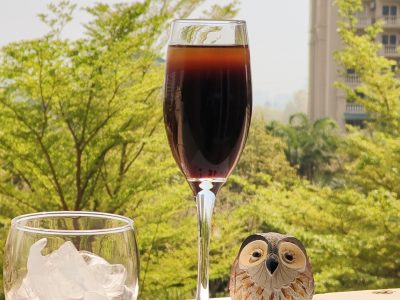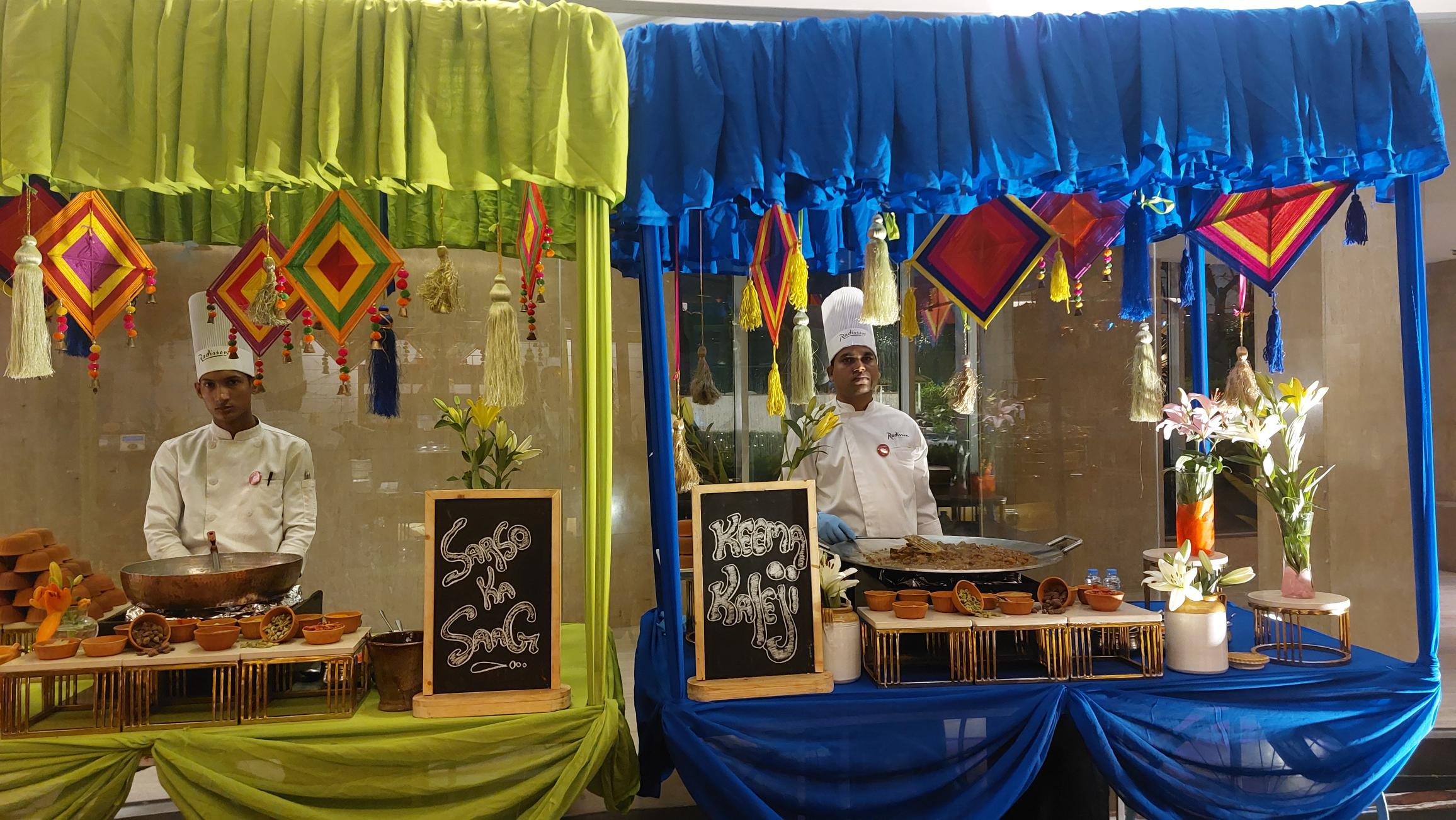The sights and sounds of the Old City of Jerusalem entice visitors — not just its historical ruins and sites that tell fascinating tales, but also the enduring connections with India
“Are you Indian?” is a question that almost any Indian tourist is likely to be asked often in Israel. Not just because Israelis love India but also because many of them, at some point, have been here, spending about six months to a year as backpackers across the Himalayas. And this has been happening for over 30 years now — with youngsters coming to India soon after their tough military training to relax before getting back to the university or work.
“Ichak dana, bichak dana, daane upar daana,” suddenly hums our Israeli friend and guide Efrain Katzir and laughs at our incredulous reactions. “Yes, this has been another Indian import,” he adds talking about the popular song from Shree 420 that “almost every Israeli child has grown up listening to. Every woman sings it as a lullaby to her kids”.
Sure enough, it is difficult not to be charmed by the myriad ‘Indian connection’ tales that open up at every turn in Israel — of not just film or music but also friendships and bonds that have stood the test of time. And then, of course, the sights and sounds of the Old City of Jerusalem, a Unesco World Heritage Site, that have for many millennia enticed visitors not just with historical ruins and fascinating legends, but also its friendly people and their quaint lifestyle.
I have a flashback of my own – to the mid-1990s – when, standing close to the entrance of this ancient walled city I came across a beggar who walked up asking for ‘Paisa, paisa…’ (he had obviously recognised me for being an Indian). “This man is actually an owner of a big swanky car,” our friend Amir Orly had quickly informed us before turning around to, tongue-in-cheek, ask the man if he was really asking for money to buy petrol for his car. “No, it’s to buy a Mercedes next,” was the unfazed reply.
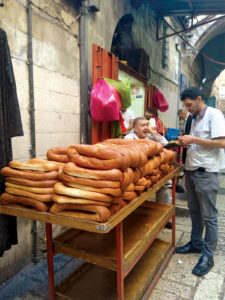
Walking towards the Old Jaffa Gate, I laugh recounting this incident and Katzir is not surprised. “Yes, that’s what our country is all about – an amazing mesh of cultures. And surprises at every turn.”
Besides savouring the culture within the ancient walls of Old Jerusalem, we also decide to walk along the Rampart Walls to enjoy panoramic views they offer. This walk is along a 1.5-km-long, narrow, uneven stony stretch and opens up beautiful historical sites such as watch towers and gates besides the Armenian Quarter, the Dormition Abbey, the Church of St Peter and the golden-headed Dome of the Rock, a Muslim shrine believed to be the place from where Mohammad ascended to heaven.
Soon we are at the only remaining site of the ancient temple of the Jews — a 100-metre-long Western Wall. This is what became famous as the Wailing Wall in the memory of those who, for thousands of years, were denied entry into their sacred homeland by invaders.
Till date, many still weep as they sit in front of this temple wall to empathise with those who finally got to enter their beloved Zion — the other name for Jerusalem — after more than 2,000 years. “And when they did so, they clung to the Wall and wept — hence the name Wailing Wall,” says a young lady, pointing to the thousands of little chits placed in the Wall’s crevices. “These are people’s personal messages to God.”
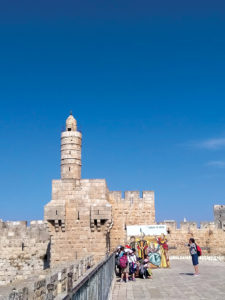
Later, Katzir tells us that this “immensely sacred site for the Jews” is where they gather to celebrate almost every important occasion of their lives – be it the birth of a child, birthdays or the BarMitzvah ceremony — when the son enters his 13th year and comes to be treated like an adult.
The next morning, we’re all set to discover the myriad delights of the southern parts of the country. “Right from the time you set out, remember to keep yourself well hydrated all the time,” is the general piece of advice that almost everyone gives to tourists headed towards the drier regions of the Timna Park in the Negev Desert region of Israel.
And you’re sure to be good if you follow this simple directive as the weather sure turns a trifle dry as you move southwards. But what’s fascinating about this drive towards Eilat are the unusual pieces of gems that lie hidden within its fascinating landscape waiting to be discovered. We stop by at Kibbutz Lotan that stands in the middle of the arid Arava desert and could well remind you of a pretty little oasis from the world of Arabian fairy tales. And as you drive towards it, Lotan does not disappear but opens out in welcome, charming you with its funkily spread out spaces, designs and greenery.
Set up in 1983 by a group of Americans and Israelis who were graduates of the Reforms Youth Movement, Lotan is slightly different from the original concept of a kibbutz that believed in collective community living. Here, rather than everyone pooling their income and getting the same basic allowance, the inmates earn wages from the work they do and pay community taxes.
“We grow dates, and are into cheese production as well,” informs a Lotan representative. “Our kibbutz has also become a major centre for environmental education, research and conservation.” And sure enough, it is interesting to walk around and see the recycling and reuse of waste processes and the efforts being made towards greening the desert at Lotan.
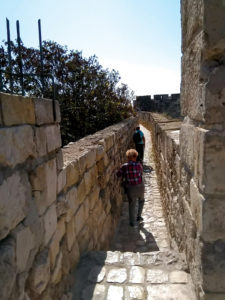
“Whoever is attracted to the kind of life offered at the kibbutz can join in, provided they can pay their rent,” laughs Rashmi Kakadia, a 23-year-old girl from Gujarat who applied for a year-long stint at Lotan and has been enjoying her stay here. “You wouldn’t believe this but even Bollywood has discovered Lotan. Talks are on for a song to be shot here and yes, Sonam Kapoor might come here for a fashion photo shoot as well,” smiles Rashmi.
Having enjoyed some tea, we move towards the fascinating Timna Valley that, from a distance itself, catches our attention with its unusual stone formations and a stunning, dramatic landscape. And yes, stretches of sand that, if you look closely, change colour — from red to yellow, orange, grey, dark brown and even black.
The piece de resistance here, among others, are Solomon’s Pillars, two almost twin-like structures that were given this name by an American archaeologist who was sure that these naturally shaped rock formations go back to the time of King Solomon. Visitors who come here – many of them take bicycle tours in the evenings – also ensure they see another peculiarly shaped rock called The Mushroom.
The next morning, on our way towards Tel Aviv, we stop by at what has been described as Israel’s Grand Canyon – the Makhtesh Ramon. As I stand admiring this amazing natural phenomena — of steep rocky walls encircling the valley to make it appear like an enclosed giant bowl — Katzir mentions that the word ‘makhtesh’ comes from the Hebrew word for ‘crater’. “But what has been created here is not the work of any meteorite but that of the waters of the ancient rivers of Ramon and Ardon,” he smiles. The waters have, of course, long since dried up and what’s left for visitors like us is another fascinating landmark of Israel.



